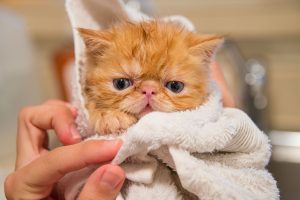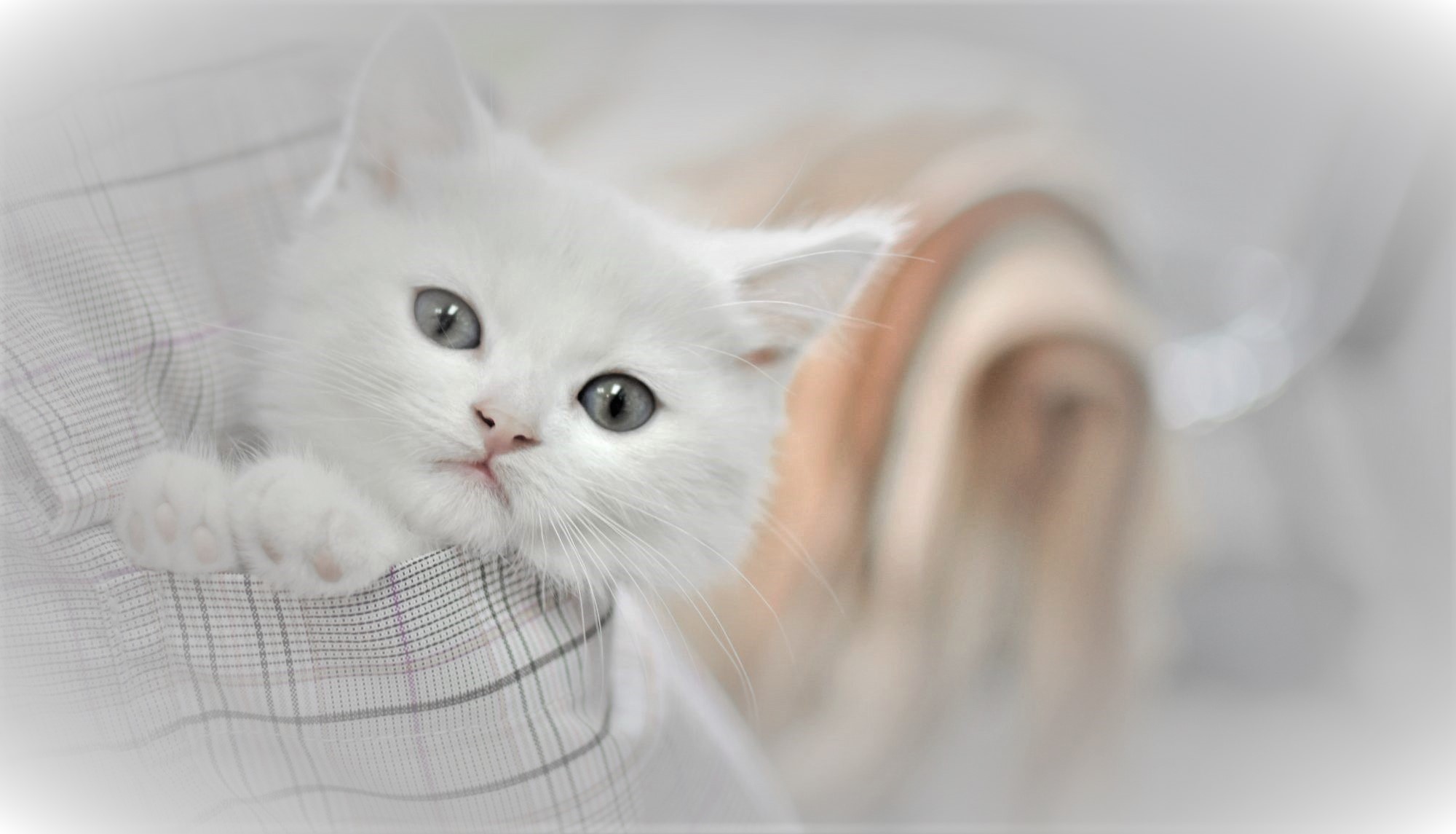We have all seen the Tom & Jerry cartoons with Tom waiting for the milk deliveryman to bring a bottle of milk to the door. I can remember seeing pictures of cats drinking white milk from a bowl all my life. Do cats drink milk? The three cat owners I asked all said, “no”.

What may seem like a harmless treat can cause gastrointestinal distress for your feline companion. Our experts explain why cats crave milk and how to safely feed it to them to avoid digestive upset.
When Do Kittens Stop Drinking Milk?
Kittens drink their mother’s milk until the mother gradually weans them as early as 4 weeks old. Typically, kittens are eating solid foods by 8 to 10 weeks old. Although kittens can drink their mother’s milk, many cats lose the ability to process it after being weaned. According to Purina Senior Nutritionist Jan Dempsey, “Cats generally lose their ability to digest the sugar found in milk after weaning because solid food takes its place and they no longer need this ability. This varies, however, and some cats can digest milk sugar into adulthood and maybe for life.”
Is Milk Healthy for Cats?
When you think of giving cats milk, you’re probably thinking of cow’s milk. This type of milk isn’t healthy for most cats, especially if it’s taking the place of a balanced meal. “Consuming cow’s milk alone won’t supply all the essential nutrients needed to support your cat’s health,” Dempsey says.
Whole, two percent and skim cow’s milk can also add unhealthy amounts of fat to your cat’s diet. According to Dempsey, “Too much fat can promote weight gain and contribute to an upset stomach.” Purina nutritionist Lori Mintle adds, “Loose stool can indicate lactose intolerance in your cat.”
An article in Science Focus debunks the popular myth of the tomcat waiting for the milkman hoping to drink up a bottle of fresh milk, by explaining:
“Like all infant mammals, kittens are born able to digest the main sugar in milk, lactose. This sugar is a very valuable source of energy for young animals, but soon after they are weaned, the enzyme that enables them to digest it, lactase, begins to disappear from the gut. When an adult cat drinks milk, the indigestible lactose in its gut may start to ferment, causing a stomach upset.”
What Do Cats Drink Instead of Milk?
All animals need water, including your cat. Since cats don’t always drink enough water, they may get dehydrated. If that’s the case with your cat, adding a wet food to her diet can contribute to her daily total water intake. Some cats prefer moving water rather than drinking from a bowl, so using a cat fountain may encourage her to drink more.



